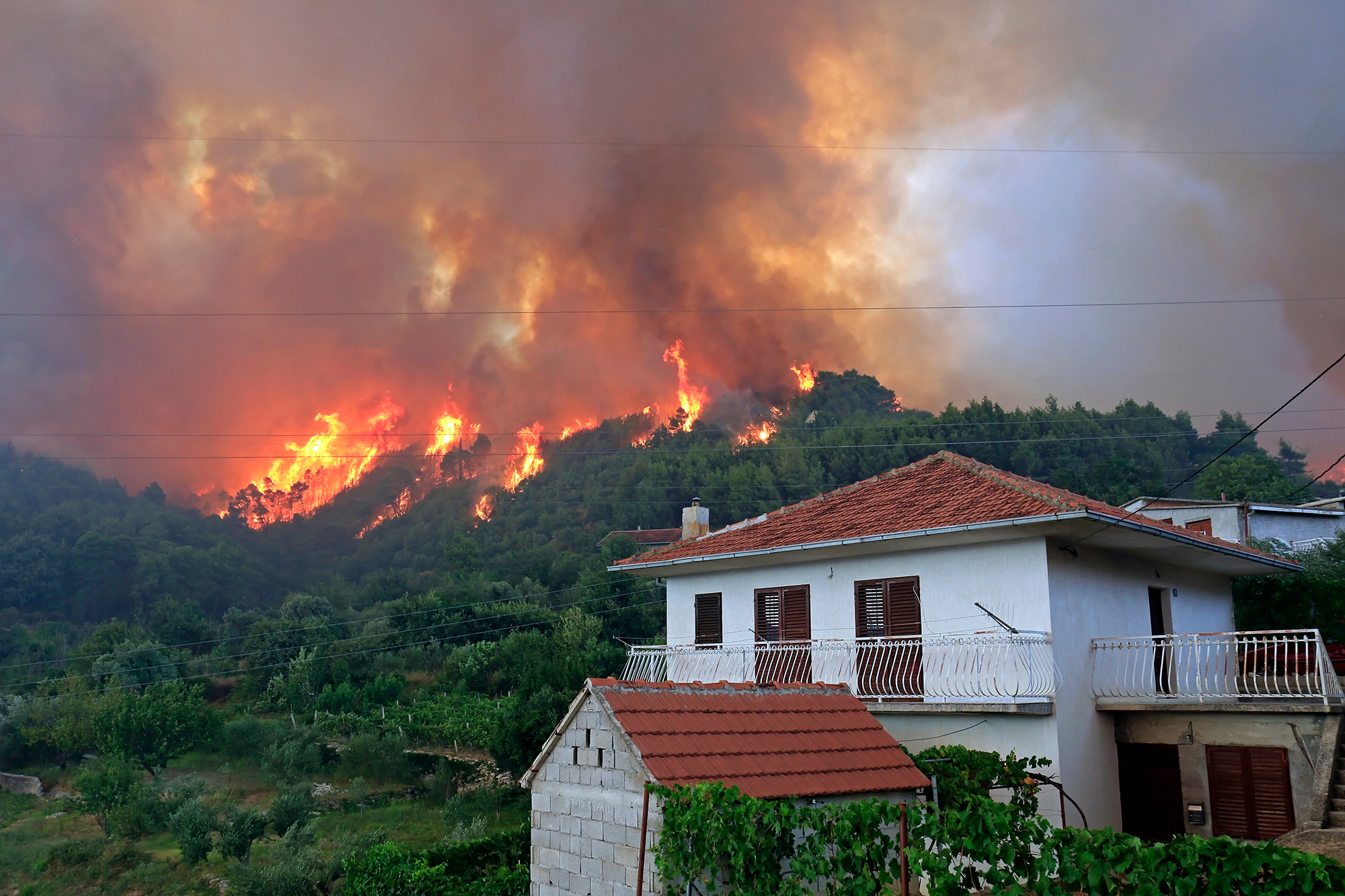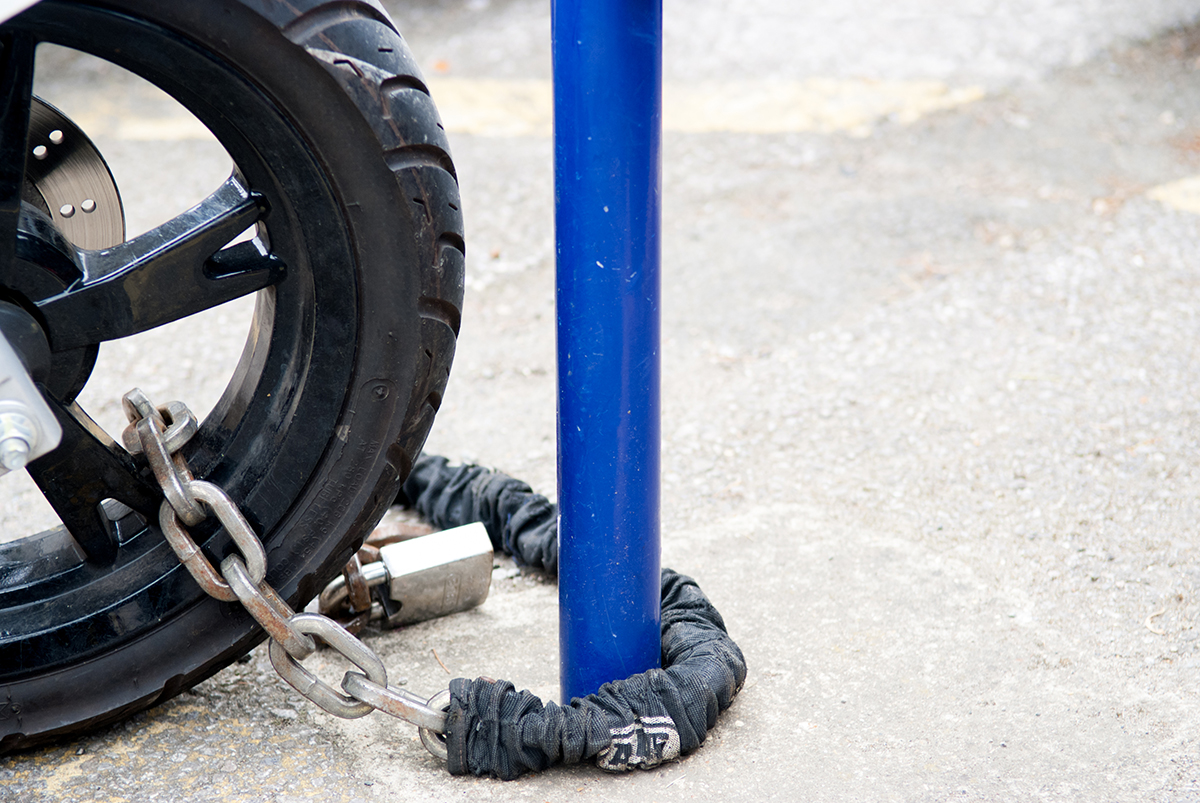Protect your loved ones & give your home a better chance of weathering the storm with this wildfire preparedness checklist
In the past year, wildfires were responsible for 3.2 billion dollars in damages in the US alone…
And according to the National Oceanic and Atmospheric Association, the destruction caused by these terrifying natural disasters has gone well beyond the average (1.2 million acres burned) every year since 2020.
Unfortunately, some homes and communities may be unable to avoid nature’s fury. But if you take the proper steps to prepare, you can improve the chances of your home surviving the flames.
This wildfire preparedness checklist includes everything you need to know to better protect your property and ensure you’re ready to evacuate should the need arise.
How to Prepare for Wildfires
According to the National Park Service, almost 85% of wildfires are caused by humans—typically from unattended campfires, burning debris, cigarette butts, equipment malfunctions, and arson.
But they can also be caused by acts of nature—namely, lightning and volcanic activity.
And while you may not be able to predict when one of these disasters will break out, if you live in a wildfire-prone area, you can take the following precautions in advance to ensure you’re always ready:
- Register for wildfire and emergency alerts from FEMA, the National Weather Service, and your local community. You can also get real-time air quality alerts for your area at AirNow.gov.
- Make an emergency survival kit for you and your family in case of a power outage or evacuation. The items below are a great place to start:
- Enough water to last for three days, with a gallon per person per day.
- Enough non-perishable foods and snacks to last three days.
- First-aid supplies.
- Portable phone chargers.
- A full change of clothes for you and every member of your family.
- At least a couple of flashlights with enough batteries to last a few days.
- Portable, battery-powered radio to stay updated on community alerts.
- Educate your loved ones and children old enough on how to use a fire extinguisher.
- Update important documents like your home insurance, passport, and ID in case you need to evacuate, and store them safely in a fire-resistant container.
- Create an emergency plan and practice it regularly.
- Learn and teach your loved ones evacuation routes in your area (identify several ways to safely leave your community).
- Establish meet-up spots in case you get separated.
- Ensure everyone knows all the necessary contact information to keep each other updated and reunite if you get separated.
- Wildfires won’t always happen when you’re at home, so don’t forget to make plans for when you or other family members are out and about. Have a wildfire preparedness action plan for when you’re at work, other places you regularly go, and when your children are at school.
- Identify the items you need to grab on the way out if you have time (important documents, precious items that can reasonably be carried, emergency kit, etc.), and store them in a convenient, easily accessible place so you can quickly grab them as you leave the house.
How Do You Prepare Your Home for a Wildfire?
Now that you and your family are ready, it’s time to prepare your home.
If possible, design and build (or repair) your property with an eye for wildfire preparedness. Opt for non-combustible materials for the roof and exterior of your home, and avoid highly flammable vegetation.
Per FEMA, stick to less-flammable options such as dogwood, maple, and oak instead of pine, evergreen, eucalyptus, junipers, and firs.
Of course, most people won’t be able to simply replace the materials their home was built with. If this is the case for you, you can always treat your roof, decking, outer walls, siding, and other exterior surfaces with fire-retardant chemicals approved by Underwriters Laboratories.
Make sure to regularly clear your lawn, gutters, roof, chimney, and underneath the house (if applicable) of leaves, limbs, twigs, and other flammable debris. Keep your lawn well-tended and trim vegetation within fifteen feet of any roof openings (chimneys, stovepipes, vents, etc.).
Check to see that you have smoke detectors on every floor. If not, install them wherever necessary. Speaking of new installations, you may want to invest in fire-resistant shutters, curtains, and drapes.
And if you don’t have one already, install a garden hose and make sure it’s long enough to reach all structures on your property.
You’ll also want to locate an additional water source nearby—a pond, well, fire hydrant, or backyard pool—that you can pull from using a generator or gas-powered pump.
Finally, to ensure you’re ready to clear your roof or property of debris, make sure the following tools are easily accessible: a ladder (tall enough to reach your roof), axe, rake, saw or chainsaw, and shovel.
The idea behind the above wildfire preparedness strategies is to create a “fire safe zone” of anywhere from thirty to one hundred feet around your home. Inside this zone, you can prevent the build-up of flammable debris and other hazards that pose a risk to your home and property.
What to Do During a Wildfire
If you see a wildfire before you receive a community or FEMA report, alert the authorities immediately. Never assume someone called it in before you.
If your local authorities tell you to evacuate, do so as soon as possible with your family, emergency kit, and any valuables you have time to bring. Make sure everyone, including your pets, is out of the house, lock up, and pick the safest evacuation route leading away from the fire.
If you’re looking for your local shelter, you can text SHELTER + your ZIP code (SHELTER12345) to 43362 (4FEMA) to find the nearest one.
Whenever possible, keep your family and friends updated on your situation with regular check-ins.
If you have time before evacuating, FEMA recommends the following wildfire preparedness tips:
- Close all doors (inside and outside), windows, pet doors, blinds, vents, etc.
- Remove all flammable drapes, curtains, and other decorative pieces.
- Move all furniture away from the windows and exterior doors.
- Place a ladder against the house so firefighters can access the roof if necessary.
- Shut off any gas, propane, or fuel lines.
- Turn on exterior lights (and some interior) so firefighters can see your home through the smoke.
- Grab your garden hose and fill any available large containers with water (buckets, garbage cans, tubs, pool, hot tub, etc.).
If you’re outside and away from home during a wildfire, FEMA recommends staying away from fuel sources and sticking to rocky terrain, roadways, or water sources (ponds, lakes, rivers, etc.).
When the Smoke Clears
As the situation progresses, keep an eye on your phone and listen to the radio for updates on the wildfire and local air quality. As tempting as it might be, don’t risk going back home unless authorities deem it safe.
Whether you’re driving or on foot, don’t go near any damaged buildings, burnt trees, burning embers, or smoking debris.
If you can, update your family and friends, letting them know where you are and that you’re safe.
And when it’s time to clean up, the Centers for Disease Control advise wearing a respirator, goggles, gloves, long-sleeve shirts, long pants, socks, and shoes to protect your eyes, skin, and lungs from ash lingering in the air.
Last but certainly not least, keep in mind that the aftermath of a wildfire can be emotionally overwhelming. So, be sure to give yourself and your family the grace you need to weather the storm. Eat well, rest often, stay in touch with loved ones, and keep a compassionate eye on your and your family’s mental health.
If a wildfire starts in your area, every second is precious. The faster you can report it, the faster emergency responders can get the situation under control.
For the fastest way to get help in an emergency, trust the Rescu app. Just two taps on your smartphone or Apple Watch instantly dispatches first responders (firefighters, police, or EMTs) to your current location anywhere in the United States—no talking required.
Visit our homepage to learn more, or click or tap the buttons below to download Rescu today!





